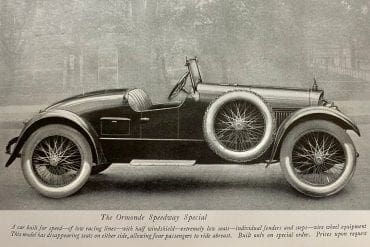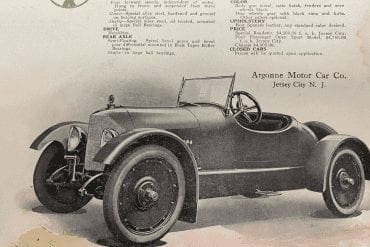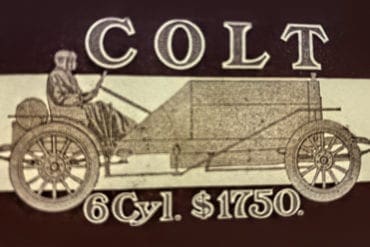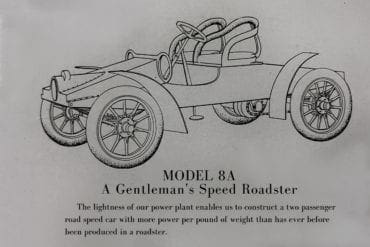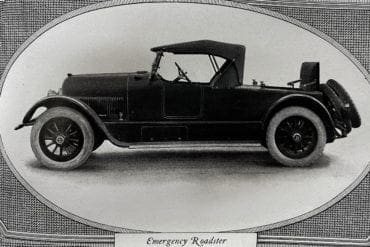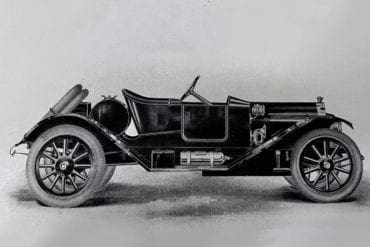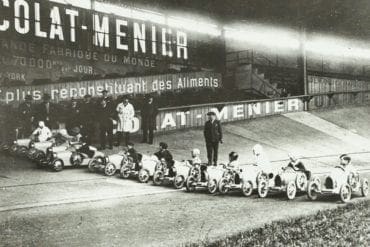The Biddle Ormond Speedway Special, named after Ormond Beach where many speed records were set, was “a car for speed-of racing lines..."
The 3 young entrepreneurs who started BLM deserve credit not only for the effort but also from their recognition that the country might want a sports car.
Pininfarina was the first coachbuilding company to go away from the conventional body on frame coachwork bodies to monocoque unibody coachwork bodied construction.
In 1907 the Adams Company set out with the intention of building a true sports car. Their end cumulative result fit within the guidelines of our criteria by advertising performance separate from the ordinary, as well as a different body style from the standard roadster.
The Daniels Motor Company of Reading, Pennsylvania made quality automobiles from 1916 through 1924 and were known as automotive pioneers in the Brass Era.
The Colby Motor Company of Mason City, Iowa had the makings of a successful company. Supported by local banks and experienced managers, they produced their first car in 1911.
Auburn was a sports car for the 1930s, perhaps the only one, which fits that criteria. It was meant to be made in series (not one-off), it was designed different from the other series produced cars, and it was advertised for its speed and sporty look.
In 1927 Ettore Bugatti designed and built the first “Baby” Bugatti for his son Roland’s birthday. The Baby Bugatti is a half size replica of the Bugatti Type 35 Grand Prix with a 12 volt electric motor.
The Allen Kingston was a car manufactured by The New York Car and Truck Company. The company was started by Walter Allen, and initially seemed to have great promise.

